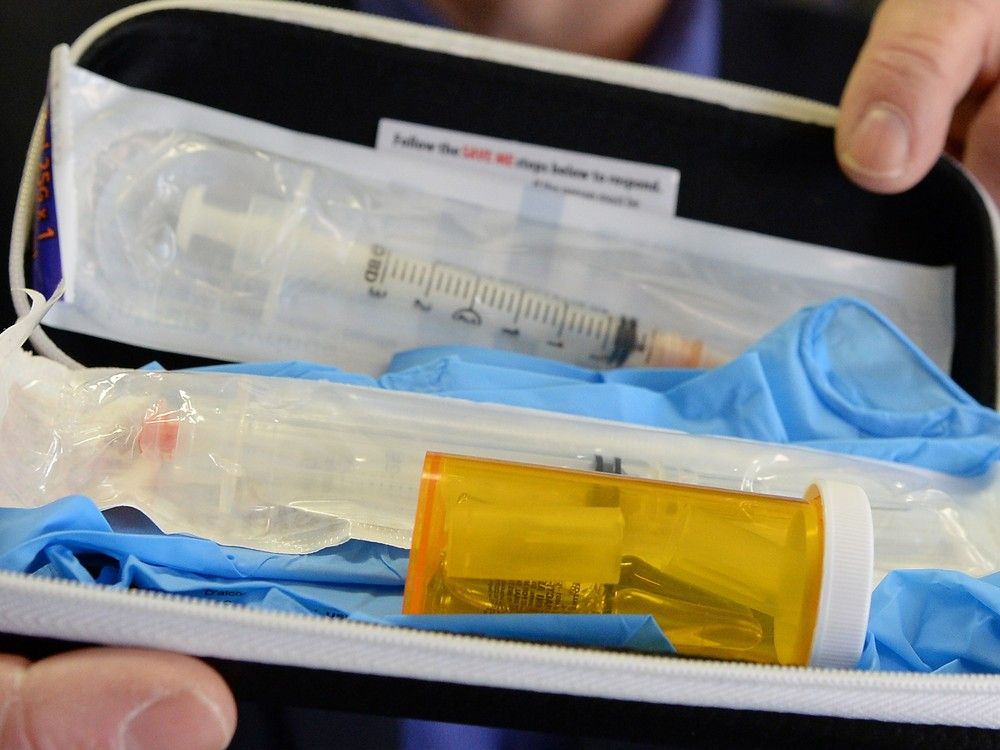
There have been some positive indicators. More than 60 per cent of consultants are now on contracts that include weekend rostering for scheduled care. Waiting times, which have chronically plagued the system, have shown improvements, with National Treatment Purchase Fund figures indicating a 7 per cent reduction in the total number of patients waiting more than 12 months to see a consultant.
At the same time, hospitals continue to face record levels of demand . The latest HSE figures show inpatient activity reached 683,000 last year – an increase of 73,000, with 72 per cent of these admissions coming through emergency care. An ageing, growing population and rising chronic disease levels is reflected in our hospitals.

This demand is unlikely to ease. Against this backdrop, patient flow is key. No one wants to stay in hospital longer than necessary.
Patients often recover better at home. While investment and staffing improvements are crucial, they alone cannot resolve the challenge. Smarter, more efficient discharge processes are needed.
One solution – discussed for decades but continually underutilised – is criteria-led discharge (CLD). CLD is a structured process that allows preapproved patients to be discharged from hospital once they meet specific evidence-based clinical criteria, rather than relying solely on the admitting consultant to make the decision. Instead, non-consultant hospital doctors (NCHDs), nurses, or health and social care professionals (HSCPs) can oversee the discharge once all pre-agreed criteria set by the medical team are met.
[ HSE plan for this year largely based around priorities set out by government Opens in new window ] CLD is not a new concept. It dates back to the 1990s and has been recommended in multiple HSE policy documents. In 2008, the HSE published nurse-facilitated discharge planning policies, including CLD, yet implementation has remained inconsistent.
CLD was also part of discussions over the transfer of tasks from NCHDs to nurses under the Haddington Road agreement (2013-2016), but a decade later, its implementation remains patchy. Last year, Children’s Health Ireland (CHI), which includes the three paediatric hospitals in Dublin, introduced CLD for non-complex cases involving children with common diagnoses. Patients must first be identified as suitable for CLD by a consultant, ensuring safety and appropriate case selection.
This is a step in the right direction, but its use remains far from widespread. Other health systems have prioritised CLD as a key patient flow strategy. The NHS in the UK has incorporated some degree of CLD in all areas of its health service, deploying it as a high-impact intervention that expedites discharge and enhances the overall hospital experience.
A pilot study in an acute medical unit at Tameside General Hospital in Greater Manchester found that weekend discharge rates increased by 55 per cent when CLD was implemented effectively. A systematic review of CLD studies internationally over a 10-year period further reinforces its effectiveness. The review – which covered 15 studies published in English examining the implementation of CLD in countries such as Australia, the UK and the US – found that CLD is a safe practice, provided it is supported by robust patient selection protocols and staff training.
None of the studies found increased readmission rates for CLD patients, while many reported significantly reduced lengths of stay – for example, a 29 per cent reduction for children with uncomplicated appendicitis. One study showed a reduction in delayed discharges from 46 per cent to just 5 per cent when nurse-led discharge protocols were introduced. With hospital admissions rising and emergency care driving demand, the ability to free up beds in a timely and efficient manner is critical to address overcrowding and reduce bottlenecks.
[ €420m plan to cut patient waiting lists approved Opens in new window ] While consultant numbers are increasing, we remain one-third below the EU average. Given this, we must optimise how consultant time is utilised. By implementing CLD, we can ensure that they can prioritise complex cases, with NCHDs, nurses, or HSCPs discharging non-complex patients.
This approach also enhances multidisciplinary team efficiency, ensuring that nurses, HSCPs and pharmacists work towards a shared discharge plan. In order for CLD to be effective, we must first ensure key supporting structures are joined up in a whole-of-service approach. Every day, about 400 patients are clinically discharged by consultants but are unable to leave hospital due to step-down or rehabilitation beds, nursing home places or homecare packages being unavailable.
Delayed discharges result in stasis of acute hospital beds, the lack of appropriate onward flow often resulting in cancellation of elective surgeries, further exacerbating capacity issues. Optimising ambulatory care centres, ensuring HSCPs like physiotherapists and occupational therapists are available to carry out assessments, access to CT scans, MRIs, and cardiac diagnostics, laboratory staffing – these are all parts of the patient discharge jigsaw. Ensuring these key services are on-site and accessible outside weekday hours would allow more patients to be discharged.
Likewise, our recruitment and staffing levels must prioritise posts which are critical to patient flow. Hospitals must also implement clear, standardised processes for identifying and preparing patients for discharge. A structured checklist should ensure that all medical, pharmacy and care needs are addressed before a patient leaves.
Avoiding last-minute delays – such as unprepared medications, incomplete paperwork, or transport issues – helps ensure a smoother, safer discharge experience and is good for families and carers. It would also improve patient confidence. This matters because, interestingly, some patients can be reluctant to be discharged on a Saturday.
[ Home care for older people: How does it work and who pays? Opens in new window ] CLD alone is not a silver bullet. Even in countries where it is widely used, weekend discharges remain around 40 per cent lower than those on weekdays. However, the evidence is clear: when properly implemented, CLD reduces length of hospital stay and improves discharge efficiency.
Patient care doesn’t pause on weekends. Witnessing medically fit patients stuck in hospital due to discharge delays is deeply frustrating. Ending it requires a smarter hospital system.
We must break away from the rigid structures that have long dictated when and how discharges take place. Now is the time to embed CLD as standard practice across a patient-centred hospital system. Professor Gabrielle Colleran is president of the Irish Hospital Consultants’ Association.















